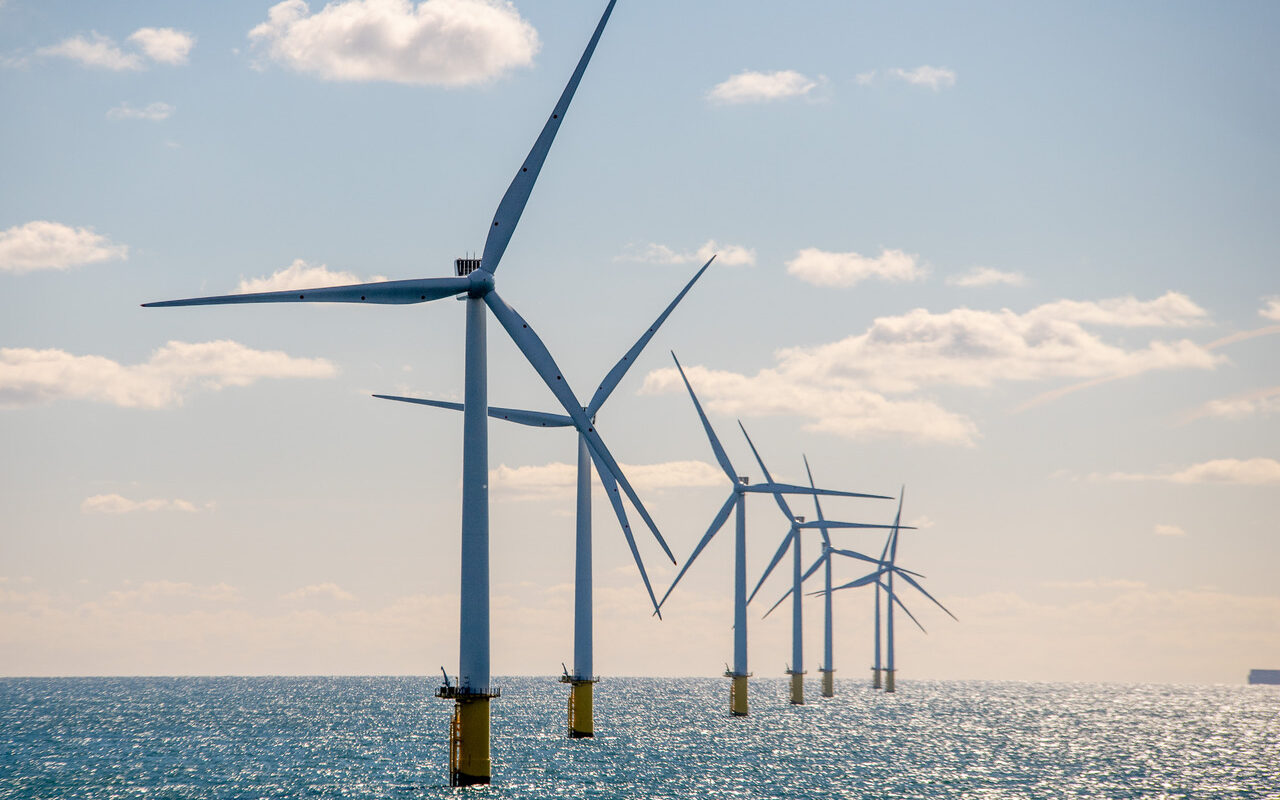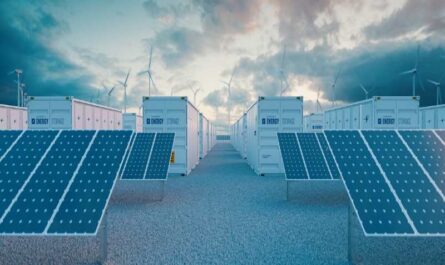With the effects of climate change becoming increasingly evident and the worldwide push for clean and renewable energy sources, offshore wind energy has emerged as one of the most promising technologies. By harnessing the power of wind blowing over vast ocean areas, offshore wind farms have the potential to provide large-scale renewable electricity to meet growing energy demands in a sustainable manner. Let us explore the benefits of offshore wind energy and how various countries are tapping into this huge renewable resource.
What is Offshore Wind Energy?
Offshore wind energy involves installing wind turbines in bodies of water, either close to the shore in shallow waters (usually less than 30 meters deep) or further offshore in deeper waters. Unlike land-based wind farms which are constrained by available land area, offshore winds are stronger and more consistent allowing for larger, more powerful wind turbines to be installed. As the wind blows across the open waters, the turbines’ massive three-blade rotors spin and their generators produce electricity that can be brought to shore through underwater transmission cables.
Benefits of Offshore Wind Energy
Offshore wind farms have many environmental and economic benefits compared to traditional fossil fuel-based power generation:
– Stronger and Steadier Winds: Offshore Winds are generally stronger and less turbulent over the oceans compared to land. This allows offshore turbines to produce more electricity annually per megawatt of capacity.
– Lower Visual and Noise Impacts: Since they are located offshore and not onshore, turbines do not interfere with land usage and have minimal visual and noise impacts on communities.
– Vast Available Space: Large tracts of submerged lands can be developed for offshore wind farms unlike land, where available space is limited. The offshore wind potential in the European Union alone is estimated to be over 4,000 terawatt-hours per year.
– Job Creation: Offshore wind projects require many skilled jobs in manufacturing, installation, and maintenance. They help create green jobs and new skilled labor opportunities in coastal communities.
– Clean Energy: Generating electricity from offshore winds emits no greenhouse gases or air pollutants, helping reduce nations’ carbon footprint and reliance on fossil fuels.
– Economic Growth: The offshore wind industry is seeing tremendous growth with continued investments and expansion planned worldwide. This is expected to boost economic activities in regions with offshore wind potential.
Global Status of Offshore Wind Energy
Several nations have recognized the potential of harnessing winds offshore and are tapping into this vast renewable resource in a big way:
Europe Leading the Way
– Countries like the UK, Germany, Denmark, Belgium and the Netherlands have been early adopters and now have significant offshore wind capacity installed close to their coastlines.
– The UK is the global leader with over 10 GW of offshore wind energy capacity installed to date. It aims to grow this to 40 GW by 2030 to meet its climate targets.
– Germany and Denmark also have well-established offshore wind sectors delivering renewable electricity for over two decades now.
Emerging Markets in Asia
– China has witnessed a massive jump and now ranks second behind the UK with over 5 GW capacity deployed. It aims to install over 30 GW by 2025.
– Other Asian countries like Taiwan, South Korea and Japan are also actively pursuing offshore wind through demonstration projects and large-scale multi-GW initiatives.
Growing Interest in the Americas and Elsewhere
– The US has ambitious targets and its first large-scale offshore wind project is under construction. If policy regimes remain supportive, its sector is set for strong growth.
– Nations like France, Netherlands, Belgium, Ireland are continuing investments in their coastal waters through multi-billion dollar megaprojects in the coming decade.
– Even Africa and Latin America are exploring opportunities as countries develop ambitious renewable energy goals and targets.
Challenges and the Road Ahead
While the future potential and opportunities for offshore wind energy are immense, utilities and project developers still face some technical, economic and regulatory hurdles:
– High Upfront Capital Costs: Initial investments required for offshore wind farms are significantly higher compared to onshore projects due to more complex foundations, transmission infrastructure and installation/maintenance logistics over open waters.
– Complex Installation and Maintenance: Erecting and maintaining wind turbines offshore is a technically challenging task requiring specialized heavy-lift vessels and crew training. Harsh sea conditions also increase downtime risks.
– Grid Integration Challenges: Ability to deliver large volumes of intermittent wind power steadily to mainland grids calls for optimized transmission systems and energy storage solutions to be deployed widely.
– Supply Chain Bottlenecks: Meeting rising global demand will require massive scaling up of offshore wind equipment manufacturing and specialized vessel fleet capacity to handle installation and servicing workload.
However, with continued cost reductions driven by technology improvements, economies of scale, supportive policies and financing mechanisms rolling out, offshore wind is projected to become competitive against other generation sources in many markets over the next decade. The coming years will witness tremendous growth worldwide as nations increasingly recognize offshore wind energy as integral to achieving a sustainable energy mix based on renewable resources. The global shift towards a low-carbon future is set to drive unprecedented investments in offshore projects and related innovations.
*Note:
- Source: Coherent Market Insights, Public sources, Desk research
- We have leveraged AI tools to mine information and compile it

